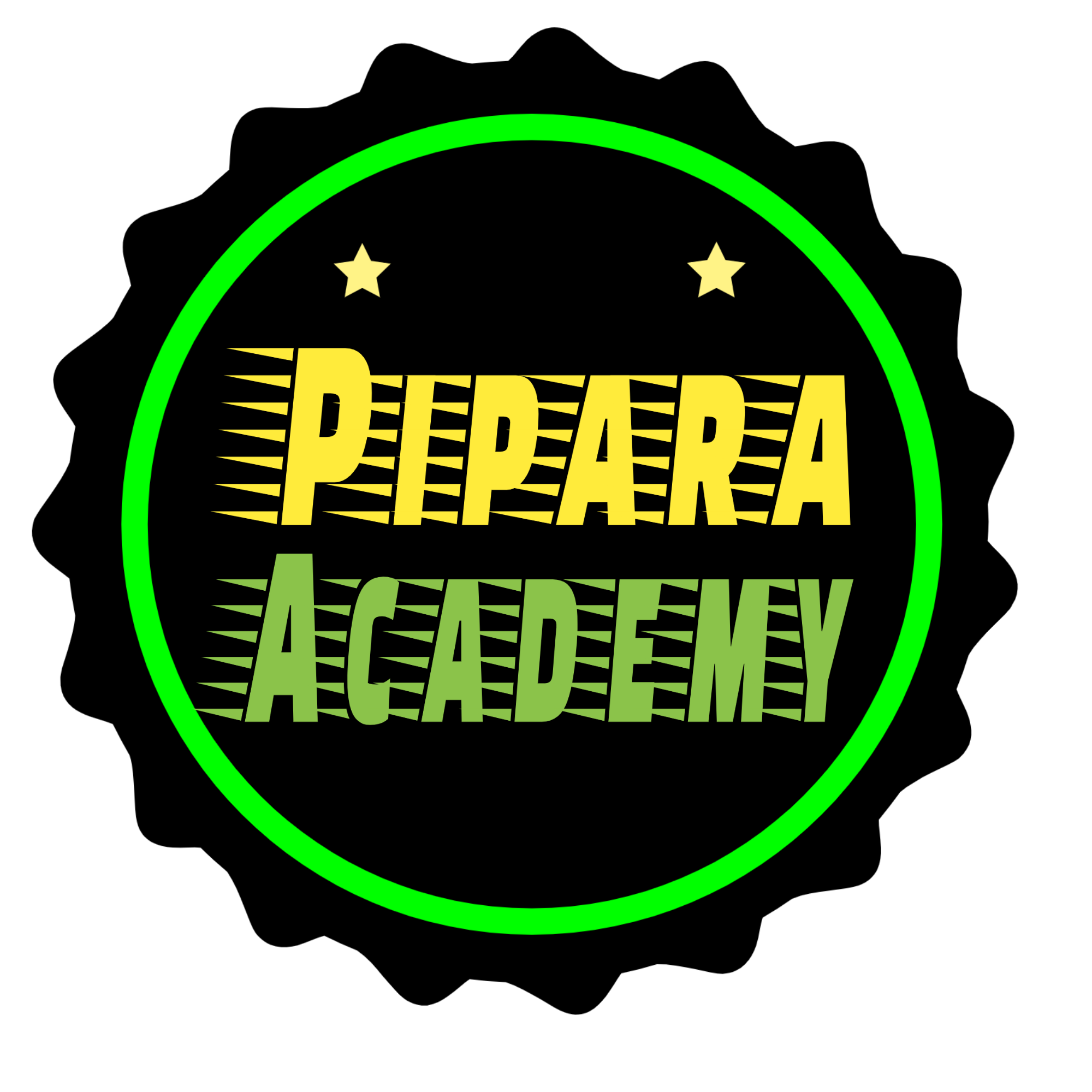Introduction to Information Technology - Syllabus, Complete Course
Introduction to Information Technology - Syllabus

Course Overview: Welcome to the world of Information Technology (IT). This covers the fundamental concepts of computers and IT, including hardware, software, memory, input/output, data representation, databases, networking, the internet, multimedia, and computer security. This course is designed for students and beginners who wish to understand the basis of IT and its applications.
Course Objectives
- Provide knowledge about fundamental concepts of computers and IT.
- Explain the history, classification, and applications of computers.
- Introduce hardware, software, and memory components.
- Explain data communication, networking, and the Internet.
- Introduce multimedia applications and computer security measures.
Course Contents
Unit 1: Introduction to Computer (3 Hrs.)
- Definition of Computer
- Digital and Analog Computer
- Characteristics of Computer
- History and Generations of Computers
- Classification of Computers
- The Computer System and Application
Unit 2: Computer Hardware (3 Hrs.)
- Central Processing Unit (CPU)
- Memory Unit
- Instruction Format and Instruction Set
- Instruction Cycle
- Microprocessor
- Inside a Computer Cabinet
Unit 3: Computer Memory (4 Hrs.)
- Memory Representation
- Memory Hierarchy
- CPU Registers and Caches Memory
- Primary and Secondary Memory
- Storage Devices (Magnetic Tape, Optical Disk, etc.)
- How Computers Utilize Memory
Unit 4: Input and Output Devices (4 Hrs.)
- Input and Output Units
- Human Data Entry Devices
- Source Data Entry Devices
- Output Devices
- I/O Ports and Working Mechanism
Unit 5: Data Representation (6 Hrs.)
- Number Systems and Conversions
- Binary, Octal, Hexadecimal Conversions
- Binary Arithmetic and Data Representation
- Logic Gates and Binary Coding Schemes
Unit 6: Computer Software (6 Hrs.)
- Types of Software (System and Application Software)
- Software Acquisition
- Operating System Overview
- OS Functions (Process, Memory, File, Device Management)
- Security and User Interface
Unit 7: Data Communication and Computer Networks (5 Hrs.)
- Importance of Networking
- Data Transmission Media and Protocols
- Network Types and Topologies
- Communication Protocols and Wireless Networking
Unit 8: The Internet and Internet Services (4 Hrs.)
- History and Architecture of the Internet
- Connecting to the Internet
- Internet Services and Applications
- IoT, Cloud Computing, and E-Commerce
Unit 9: Fundamentals of Database (4 Hrs.)
- Database Concepts and Management
- Database System Architectures
- Applications of Database Systems
- Introduction to Data Warehousing and Data Mining
Unit 9: Multimedia (3 Hrs.)
- Definition and Characteristics of Multimedia
- Elements of Multimedia
- Multimedia Applications
Unit 10: Computer Security (3 Hrs.)
- Security Threats and Attacks
- Malicious Software and Cybersecurity Measures
- Cryptography, Firewalls, and Authentication
- Security Policies and Awareness
Laboratory Works
Students will gain hands-on experience with:
- Computer Hardware Components
- Operating Systems
- Word Processing, Spreadsheets, and Presentation Graphics
- Database Management Systems
- Internet and Networking Services
Recommended Books
Textbook:
- Computer Fundamentals by Anita Goel (Pearson Education India)
Reference Books:
- Introduction to Computers by Peter Norton (7th Edition, McGraw Hill Education)
- Computer Fundamentals by Pradeep K. Sinha and Priti Sinha
- Data Mining Concepts and Techniques by Jiawei Han, Micheline Kamber, and Jian Pei
- Cloud Computing Bible by Barrie Sosinsky (Wiley)

.jpg)



